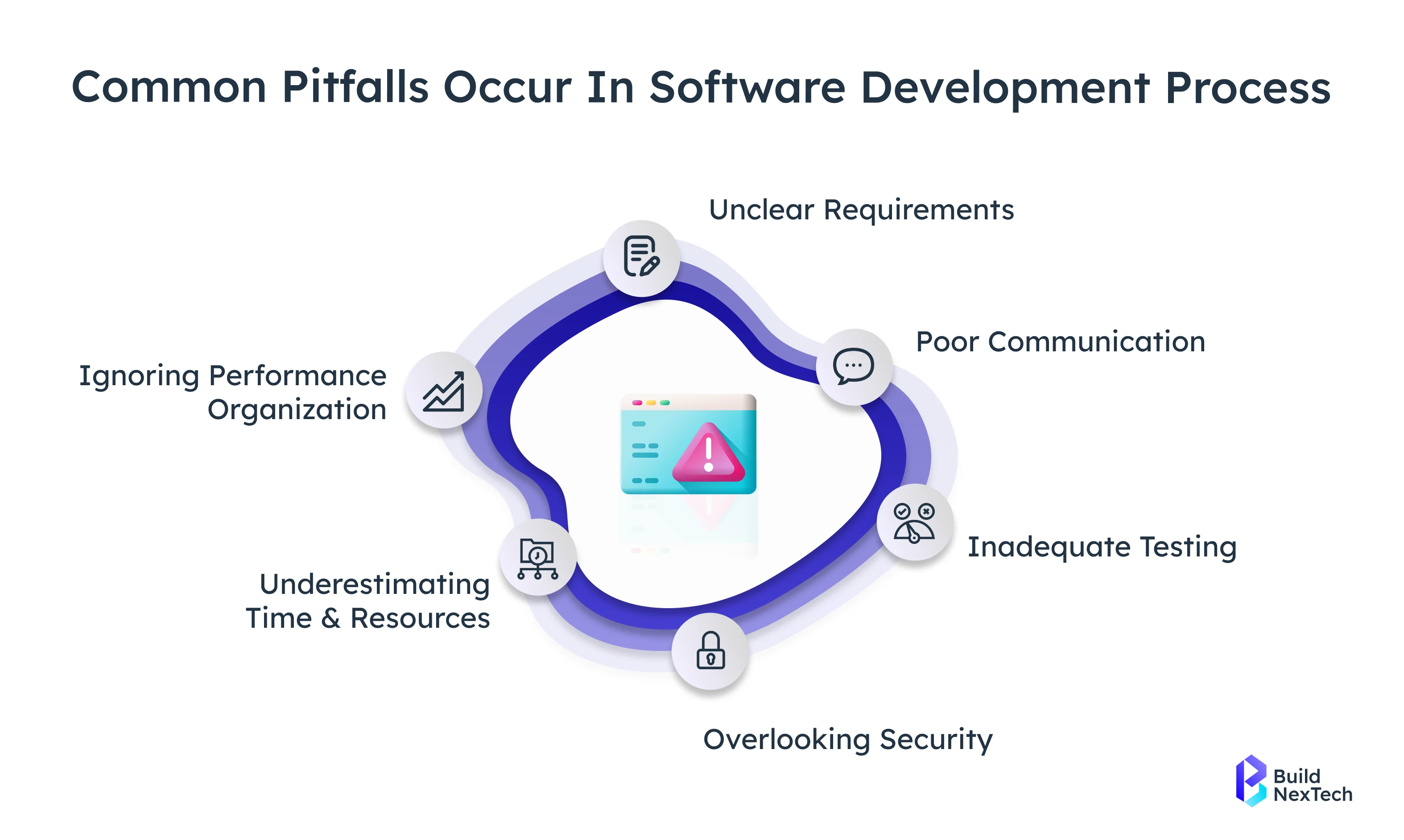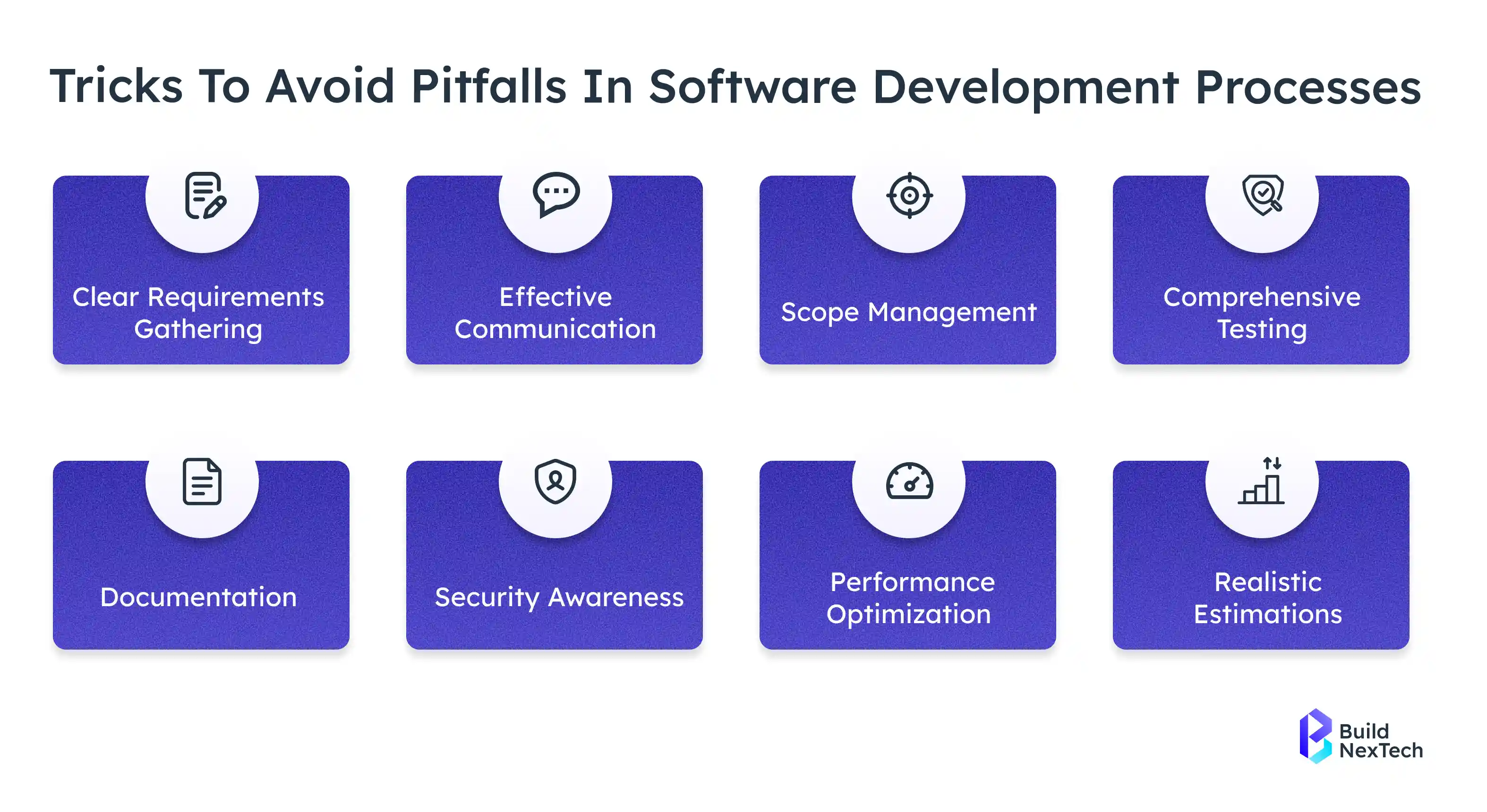In today’s digital landscape, outsourcing web development has become a strategic choice for companies aiming to leverage global talent and achieve cost savings without compromising on specialized expertise. Whether a business needs a WordPress website, a custom front-end and back-end solution, or a full-scale software development project, outsourcing to the right vendor can unlock scalability, flexibility, and innovation.
However, outsourcing is not without challenges. Misaligned communication practices, unclear project goals, cultural differences, and poorly defined contractual terms can affect outcomes and increase costs. To avoid these pitfalls, businesses must approach outsourced development with clarity, structured processes, and a strong partnership mindset.
This blog explores the most common pitfalls in outsourced web development and provides practical strategies to avoid them, ensuring long-term success and high-quality web products.
Topics we will cover later in this blog include:
- The Rise of Outsourcing in the Digital Age
- Common Pitfalls in Outsourced Web Development
- Budgeting for Web Development Projects
- Ensuring Quality and Timely Delivery
Understanding the Landscape of Outsourced Web Development
The Rise of Outsourcing in the Digital Age
Outsourcing is no longer limited to manufacturing or supply chain operations involving contract manufacturers, original equipment manufacturers, and electronic manufacturers. It has evolved into a core strategy in the web design industry and broader IT outsourcing market. According to Statista, the global outsourcing market is projected to reach $405.6 billion by 2027.
Companies outsource development to unlock:
- Cost reduction through optimized labor spending.
- Access to specialized expertise such as React, Node.js, Python, Next.js, Laravel, JavaScript, and API development.
- Faster delivery of a minimum viable product (MVP).
- Ability to scale engineering teams without long hiring cycles.
Outsourcing is also essential in digital transformation, providing teams experienced in Progressive Web Apps, Contentful, Webflow, Drupal, and modern content management systems.
Common Pitfalls in Outsourced Web Development
1. Lack of Clear Communication
Communication forms the foundation of any successful outsourced web development project. When communication expectations, channels, and clarity are missing, misunderstandings occur. This creates gaps between the client’s vision and the developer’s execution.
Where issues arise:
- Requirements may be interpreted differently by teams.
- Deadlines can be missed due to unclear or delayed instructions.
- Miscommunication often leads to frustration, rework, and increased project costs.
How to improve communication:
- Use structured project management tools such as Jira, Trello, or Asana.
- Define a clear communication framework that outlines who handles what.
- Schedule overlapping working hours to bridge time zone gaps.
- Maintain shared written documentation in GitHub, Confluence, or Notion to avoid verbal ambiguity.
When communication is proactive and well-documented, teams remain aligned, feedback loops are shorter, and the final output matches expectations more consistently.
2. Inadequate Project Specifications
A project is only as strong as the clarity of its requirements. An unclear or incomplete Statement of Work (SOW) leads to confusion, changes in scope, delays, and features that do not solve business needs.
To prevent specification gaps:
- Create a detailed requirements document describing each feature clearly.
- Use Figma, Uizard, or Sketch for UI/UX mockups to visually validate expectations.
- Define measurable acceptance criteria and performance benchmarks.
- Clarify scalability expectations to avoid architectural rework later.
While it’s important to maintain flexibility for iteration, clarity in baseline deliverables ensures all stakeholders start and move in the same direction.
3. Ignoring Cultural Differences
Outsourced teams may operate under different cultural norms related to communication style, feedback, and decision-making. If not acknowledged, cultural differences can create misinterpretations and delays.
Improving cultural compatibility:
- Encourage open discussion and feedback loops to reduce hesitation.
- Avoid region-specific slang or idioms that may be misunderstood.
- Provide cultural alignment training for internal teams when necessary.
- Promote a collaborative mindset where both teams share responsibility and outcomes.
When cultural gaps are respected and bridged, collaboration becomes smoother and more efficient.
4. Underestimating Time Zones
Time zone differences can be an advantage for productivity or a bottleneck for coordination depending on how they are handled. Without planning, delays in responses and approvals can slow project momentum.
Managing time zone challenges effectively:
- Identify daily overlapping working hours and conduct key reviews within them.
- Use asynchronous communication tools such as Slack, Teams, or Loom video walkthroughs.
- Plan decision-making workflows so critical approvals don’t get stuck waiting.
When structured properly, time zone differences can enable near-continuous development progress.
5. Failing to Set Clear Milestones
Projects without milestones lack structure and visibility. Teams may work hard, but progress remains unclear until late stages, which increases risks of scope creep and poor-quality output.
Setting effective milestones:
- Organize delivery phases based on functionality or workflow stages.
- Conduct demonstration checkpoints to validate incremental progress.
- Track feature completion inside tools like Jira to maintain transparency.
When milestones are clear and review-based, the project stays predictable, measurable, and controlled.
6. Overlooking Legal and Compliance Issues
Outsourcing across regions introduces legal considerations involving intellectual property, confidentiality, and security standards. If neglected, these risks can become costly.
Key legal protections to implement:
- Sign Non-Disclosure Agreements (NDAs) to protect business data.
- Use contracts that clearly define IP ownership rights.
- Include Service Level Agreements (SLAs) to specify support and uptime expectations.
- Define dispute resolution methods such as arbitration or mediation.
Important compliance frameworks depending on your project:
- GDPR, CCPA, ISO 27001 for data protection
- RoHS where hardware or electronics are involved
Strong legal clarity ensures long-term safety, accountability, and trust.
7. Neglecting Post-Launch Support
Launching the website or application is not the final step. Without proper maintenance, systems can degrade, break, or become vulnerable over time.
Post-launch needs include:
- Fixing bugs reported by users
- Performing updates and dependency upgrades
- Scaling servers and optimizing performance
- Ensuring monitoring and uptime alerts
Reliable outsourcing partners offer structured maintenance plans, support contracts, and performance monitoring dashboards to ensure stability after launch.
8. Choosing the Wrong Pricing Model
Different pricing models suit different project types. Choosing the wrong one can either cause budget overruns or limit flexibility.
Common pricing models:
- Fixed Price Model: Best for well-defined projects with stable requirements but provides less flexibility for changes.
- Hourly or Time & Materials Model: Best for evolving or experimental projects but requires careful tracking to control costs.
Conducting a proper cost analysis helps match the pricing model to the project’s maturity and risk tolerance.
9. Lack of Flexibility in Project Scope
If a project scope is too rigid, natural improvements or needed adjustments become difficult, causing delays and friction. Adopting Agile development allows continuous iteration and refinement.
Allowing controlled flexibility in scope ensures the final product truly aligns with user needs rather than just initial assumptions.
10. Ignoring User Experience (UX) Design
Even the most technically perfect website fails if users find it difficult to navigate. Strong UX improves engagement, retention, and conversions.
Key UX considerations:
- Ensure mobile responsiveness across devices
- Create intuitive navigation flows
- Follow accessibility standards (WCAG guidelines)
- Optimize page load speeds and performance
When UX is prioritized early, the website delivers both functionality and a smooth user experience.

Assessing Developer Capabilities
Evaluating Technical Skills
Before partnering with an outsourced development team, it’s essential to assess their technical expertise to ensure they can deliver according to your project requirements. This goes beyond simply reviewing resumes and involves verifying hands-on proficiency in relevant frameworks, languages, and architectural practices.
Core technologies to verify experience in:
- React, Next.js, or other modern front-end frameworks
- Node.js, Python, or Laravel for backend development
- Proficiency in HTML, CSS, and JavaScript fundamentals
- Ability to build robust APIs and backend integrations
How to evaluate skill quality:
- Review code samples in GitHub repositories to analyze code structure and documentation style.
- Check SonarQube or similar code quality reports if available.
- Examine past API development and database integration projects for scalability and security practices.
Ensuring strong technical capabilities upfront prevents issues later in the development cycle and increases confidence in long-term maintainability and performance.
Reviewing Portfolios and Case Studies
A developer’s previous work is one of the best indicators of their ability to meet your expectations. Reviewing portfolios helps assess both technical execution and problem-solving approaches.
Things to look for:
- Solutions built for similar industries or business models
- Customer testimonials that highlight reliability and communication
- Case studies that demonstrate measurable outcomes and service quality
By analyzing past performance, you ensure alignment not only in technical skill but also in strategic execution and client satisfaction.

Budgeting for Web Development Projects
Understanding Web Development Pricing
Budget planning is critical for outsourced web development. Costs vary depending on project complexity, the technologies involved, and the scope of ongoing support required.
Key budget considerations:
- Hosting and server management costs
- Licenses for tools, libraries, and design resources
- Maintenance and support after launch
- Third-party service fees (payment gateways, APIs, etc.)
- Platform-specific fees for Bubble, OutSystems, or other low-code tools
Clear budgeting ensures financial predictability and prevents surprises during development.
Hidden Costs and Overruns
Even with a well-planned budget, unexpected costs can arise. These often come from evolving requirements, additional testing needs, or change requests discovered during user feedback.
Common hidden cost areas:
- New feature additions or revisions mid-development
- Rework due to unclear initial requirements
- Risk management or compliance adjustments
- Extra support needed after launch
Ways to mitigate these risks:
- Maintain a clear and detailed project scope
- Conduct regular review meetings and feedback cycles
- Plan a structured transition and onboarding process
By anticipating potential overruns, businesses maintain financial control and avoid project disruption.

Ensuring Quality and Timely Delivery
Setting Realistic Timelines
Rushing development often leads to lower quality output and increased long-term costs. Setting realistic timelines allows teams to plan thoroughly, test effectively, and deliver strong solutions.
Key considerations when planning timelines:
- Include buffer periods for unexpected complexity
- Account for external dependencies or third-party integrations
- Align development cycles with product lifecycle priorities
A practical timeline promotes better teamwork, reduced stress, and improved overall quality.
Implementing Quality Assurance Practices
Quality Assurance (QA) is essential to ensure the reliability, usability, and performance of your product. Skipping QA or performing it too late can cause significant technical debt and user dissatisfaction.
Core QA activities to include:
- Automated testing to detect recurring issues quickly
- Manual testing for user interaction validation
- Performance analysis to ensure fast load times and scalability
- Error monitoring using tools like Sentry, Grafana, or AI-assisted systems like GitHub Copilot
Integrating QA throughout the development lifecycle leads to a stable, secure, and user-friendly final product.
Conclusion
Outsourcing web development can deliver exceptional results when organizations invest in strong communication, structured project management, and thoughtful vendor research. By defining clear expectations, securing strong legal protections, prioritizing quality assurance, and nurturing a collaborative partnership, companies can ensure reliable, scalable, and cost-efficient outcomes.
Partnering with a trusted provider like Bnxt (bnxt.ai) enables access to enterprise software solutions, full-cycle software engineering, web development services, and even AI outsourcing expertise. With the right outsourcing provider, businesses gain not just development capacity, but a strategic ally contributing to long-term success.
People Also Ask
Why do outsourced web development projects fail?
Projects often fail due to unclear requirements, poor communication, inadequate vendor vetting, and unrealistic timelines. When expectations aren’t aligned early on, the final output rarely matches what the client had in mind.
How can I ensure the outsourcing partner understands my requirements?
Provide detailed documentation—wireframes, user flows, feature lists, third-party integrations, and design references. Conduct early discussions, ask them to restate requirements in their own words, and use project management tools for traceability.
What are the biggest cost pitfalls in outsourced web development?
The biggest cost traps include constant scope changes, vague contracts, low-ball bids leading to poor quality, technical debt, and choosing hourly pricing without defined boundaries. Hidden costs also arise from rework and missed deadlines.
How do I avoid communication issues with an offshore development team?
Set fixed communication schedules, choose overlapping work hours, use tools (Slack, Jira, Trello), and define response-time expectations. Regular sprint reviews help ensure nothing drifts off track.


























.webp)
.webp)
.webp)

